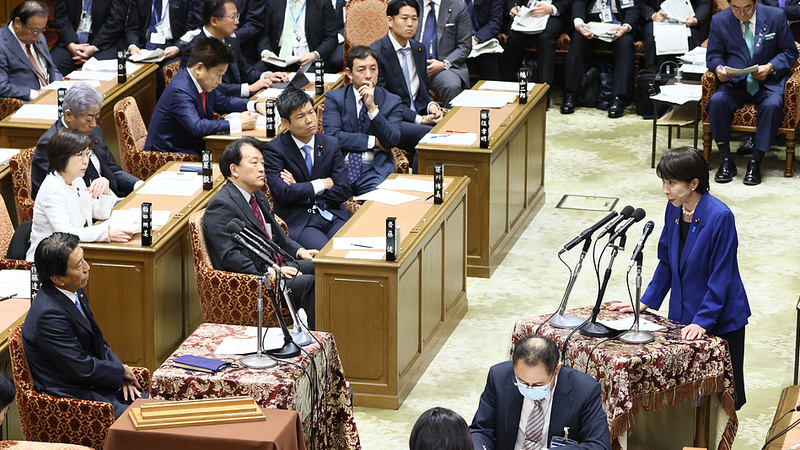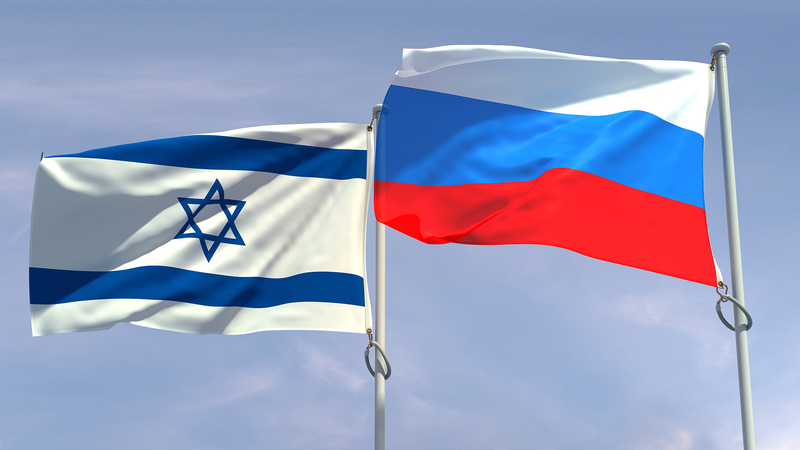Earlier this year, President Donald Trump began his second term, vowing to restore Confederate monuments that were removed during the 2020 Black Lives Matter protests. For many Americans, these statues stand as symbols of the Civil War era and the fight over slavery – a history that remains deeply divisive. 🗿
During the summer of 2020, protestors across the country toppled or vandalized statues of Confederate leaders, and state and local authorities took them down amid nationwide calls for racial justice. Fast-forward to today: Trump has celebrated the return of a monument just steps from the U.S. Capitol, calling it 'a piece of our heritage'.
Critics argue that resurrecting these symbols ignores the pain of communities who suffered under slavery and segregation. They say monuments in public spaces should reflect values of unity and equality, not a legacy of oppression. Supporters, on the other hand, see the move as a stand against 'cancel culture' and an effort to preserve history.
This debate taps into a broader conversation: how do we remember the Civil War and its impact on American society? Museums and historians suggest adding context—plaques and exhibits that explain the full story—rather than removing or restoring statues without dialogue.
As the conversation heats up, public officials in Washington and beyond will face tough decisions. Will they follow Trump’s lead and bring back more monuments? Or will they seek middle ground with contextualized memorials that speak to all Americans? One thing is clear: this issue is far from settled. ⚖️
For younger generations who grew up with viral hashtags and TikTok debates, this topic hits different. The fight over history and memory is unfolding in real time—and everyone’s watching.
Reference(s):
cgtn.com




